lab
1/48
There's no tags or description
Looks like no tags are added yet.
Name | Mastery | Learn | Test | Matching | Spaced |
|---|
No study sessions yet.
49 Terms
Anticline
upward-arching fold in rock layers with the oldest layers at its core.
Syncline
a downward-bending fold in rock layers with the youngest layers at its core.
Parts of Fold
hinge, limb and axial plane
Normal Fault
A fault where the hanging wall moves down relative to the footwall due to tension
Reverse Fault
A fault where the hanging wall moves up relative to the footwall due to compression.
Right lateral strike slip
A fault where horizontal motion causes the opposite side to move to the right.
Left lateral strike slip
A fault where horizontal motion causes the opposite side to move to the left.
Relative Time
Placing events in chronological order without a specific amount of time (breakfast is eaten before lunch, lunch is eaten before dinner)
Geological Time
Massive time periods dating historial events of the Earth (Pre-Cambrian, Paleozoic, Mesozoic, Cenozoic)
Steno’s Law
When sediments intially deposit, they lie flat on top of each other, original horizontality
as they’re deposited, they don’t abruptly pile on top of each other, but continue outwards-lateral continuity
As a layer lithifies, and a new layer begins depositing on top, the layer on the bottom must be older (can’t build a house starting with the roof)-law of superposition
Geological Dating
layers must first be deposited before any deformation occurs
if the layer is deformed (tilt, fold, fault), the layer must have first been deposited and deformed after
if you find the pieces of rock in another layer, the chinks of the rock must have come first as they had to have broken off the surrounding material deposited after (law of inclusion)
Cross cutting relations- if something cuts through a later, it must have come after it
Absolute Time
time of the occured event is specific (your birthday)
Isotope
Variants of an element with the same number of protons but different neutrons.
Nuclide
A specific nucleus defined by its number of protons and neutrons.
Decay
The process by which an unstable nucleus emits particles or energy to become stable.
Half-life
The time it takes for half of a radioactive substance to decay.
High enervy envirnoment
beaches and river channels, the energy is sufficent to transport and deposit larger sediment parrticles (sandstone)
Low energy environments
deep ocean floor, don;t have much energy to transport larger particles…results in fine grains like clay and slit to be deposited (linestone)
Density
mass per unit volume
Proosity
open space in material
permeability
ability to flow through porous material
Reservoir rock
sandstone which can store oil water gas
cap rock
shale can seal the oil water gas in sandstone and keep them from escaping
seismic reflection
the method to explore the structure and composition of the earths subsurface; the wave hits the interface between two diferent rock types bounces back up to the surface
Stratigraphic trap
Formed by changes in rock layers, trapping hydrocarbons.
Anticline trap:
Formed by upward-arched folds trapping hydrocarbons at the crest.
Fault trap
Created when displaced rock layers trap hydrocarbons along a fault.
Salt Dome trap
Hydrocarbons trapped around a rising salt formation.
What are the guide fossils for the cambrian
TrioblitesG
what are body fossils?
reamins of the animals body
guide fossils
represent time period
menozoic and coezmic
plankton
gastrophs
snails
sandstone, near shore (depth, energy)
shallow high
imestone marine (depth, energy)
moderate low
Coal Swamp (depth, energy)
deep low
Shale swamp near shore (depth, energy)
shallow low
Shale marine (depth, energy)
moderate low
Limestone near shore (depth, energy)
shallow high
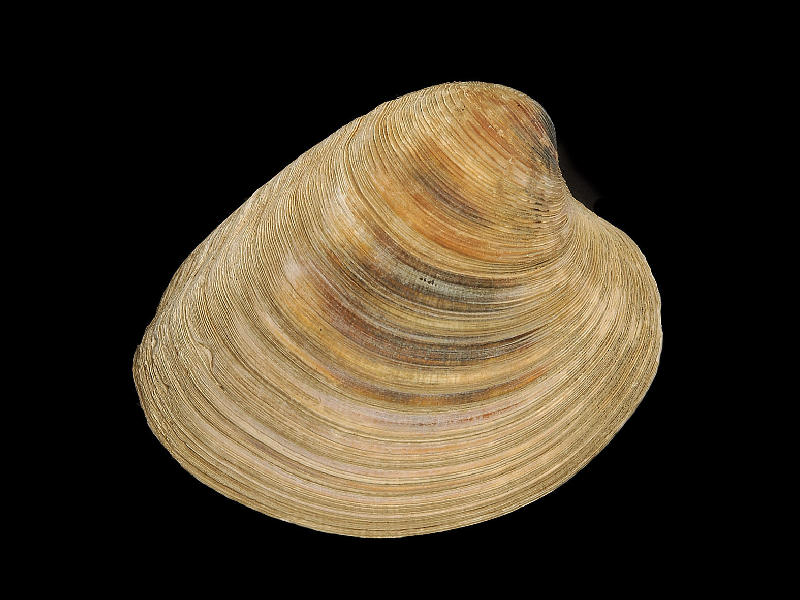
Mercenaria
Phylum: Mollusca
Class: Bivalvia
Specific Name: Mercenaria mercenaria (Northern quahog)
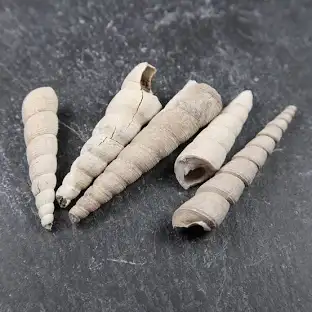
Turritella
Phylum: Mollusca
Class: Gastropoda
Specific Name: Turritella communis (common turritella)
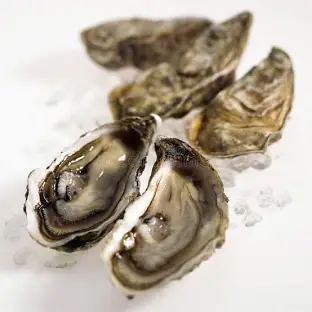
Ostrea
Phylum: Mollusca
Class: Bivalvia
Specific Name: Ostrea edulis (European oyster)
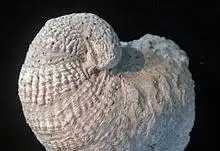
Exogyra
Phylum: Mollusca
Class: Bivalvia
Specific Name: Exogyra ponderosa (a type of extinct oyster)`
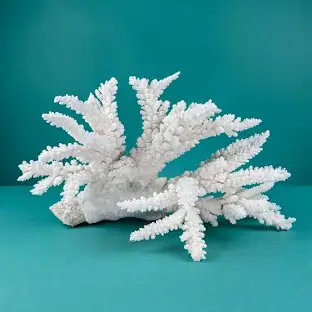
Acropora
Phylum: Cnidaria
Class: Anthozoa
Specific Name: Acropora millepora (a species of coral)
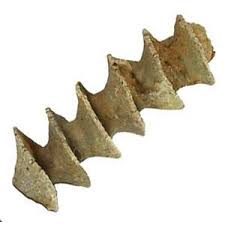
Archimedes
Phylum: Bryozoa
Species Name: Archimedes wortheni (common example)
Era: Paleozoic, specifically the Mississippian (Carboniferous) period
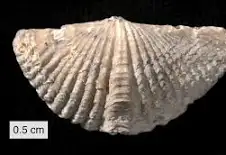
Mucrospirifer
Phylum: Brachiopoda
Species Name: Mucrospirifer mucronatus (common example)
Era: Paleozoic, specifically the Devonian period.
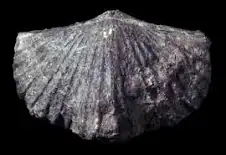
Platystrophia
Phylum: Brachiopoda
Species Name: Platystrophia ponderosa (common example)
Era: Paleozoic, specifically the Ordovician to Silurian periods.
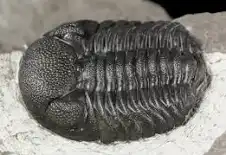
Phacops
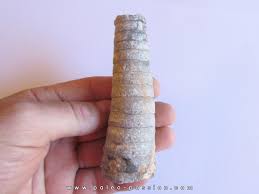
Michelinoceras
Phylum: Mollusca
Species Name: Michelinoceras oblongum (common example)
Era: Paleozoic, specifically the Ordovician period.